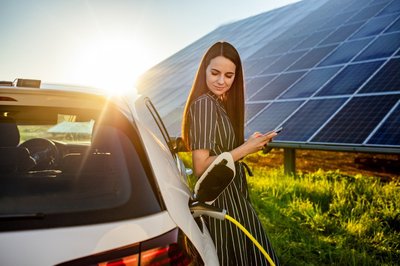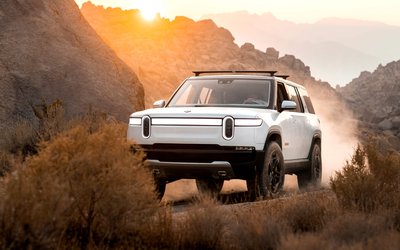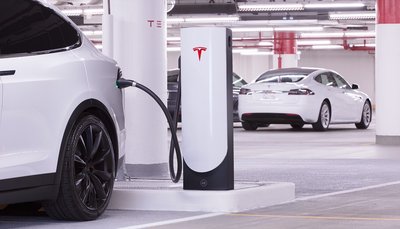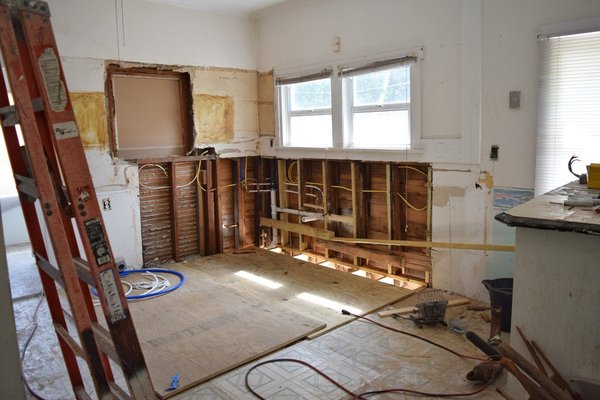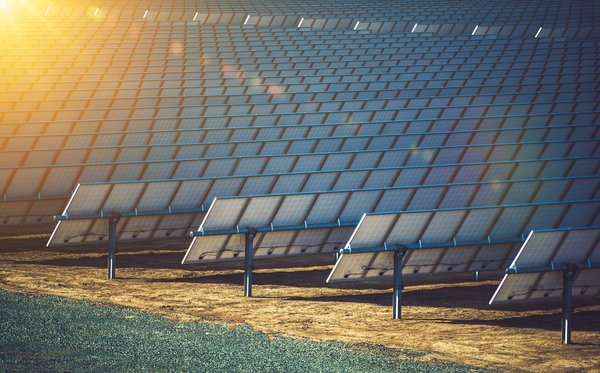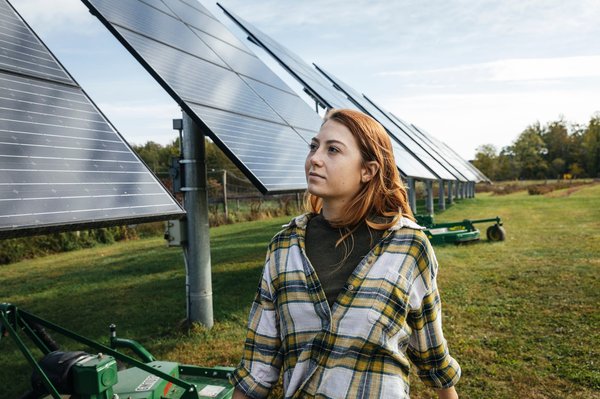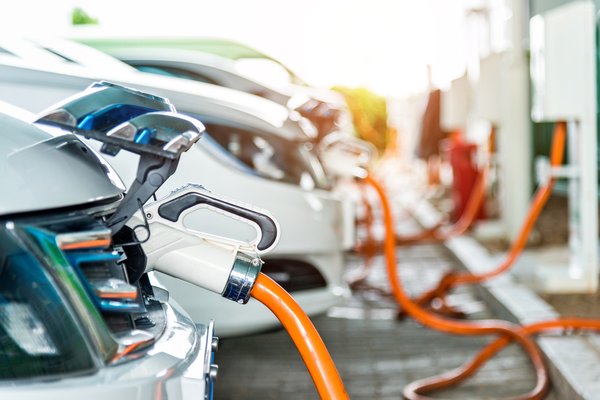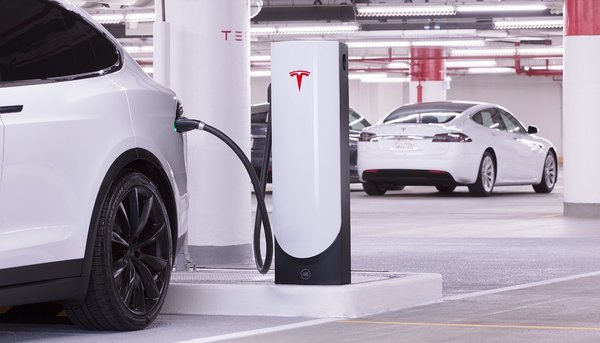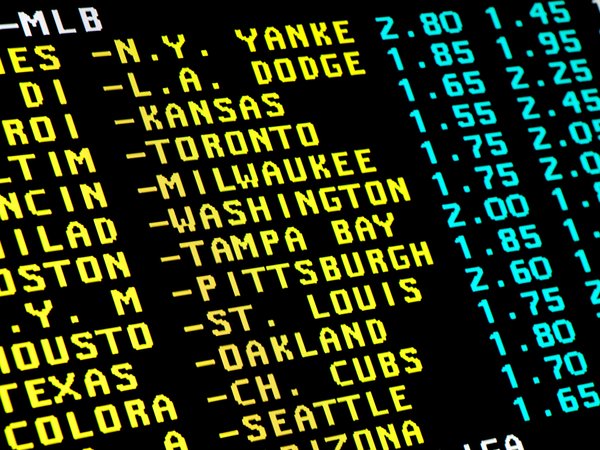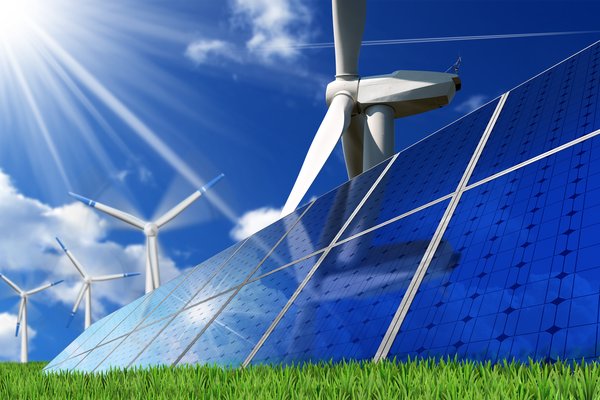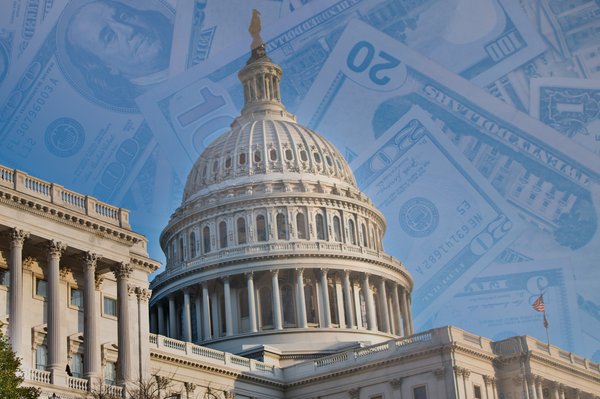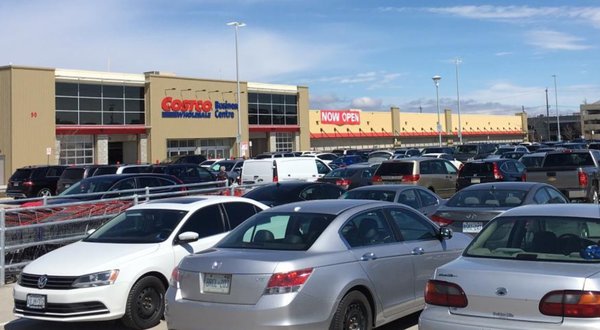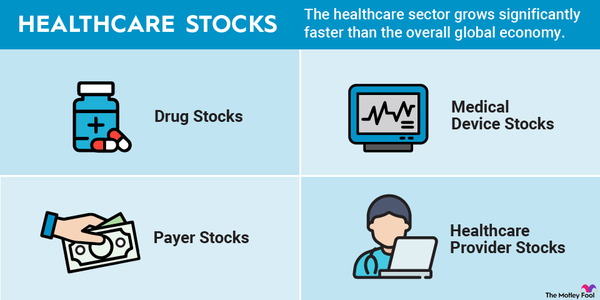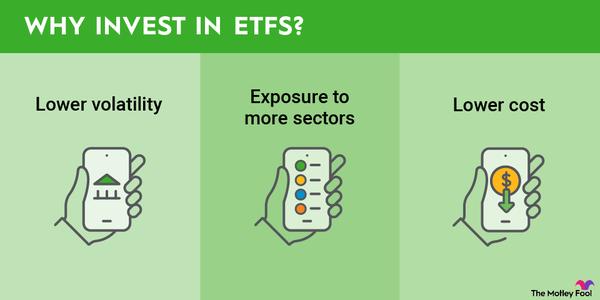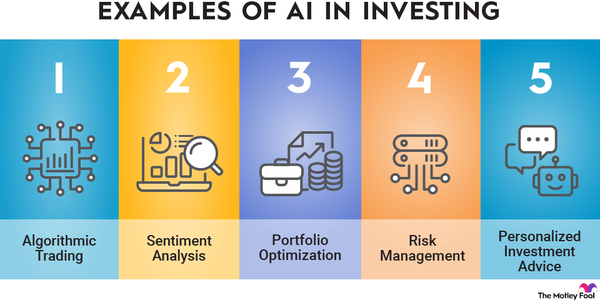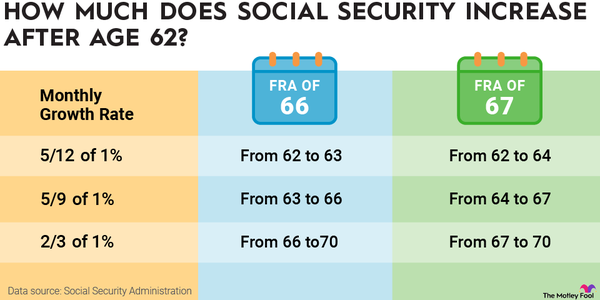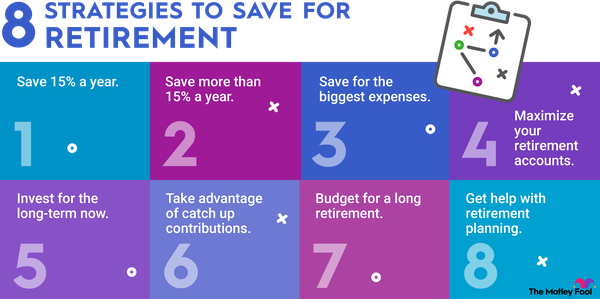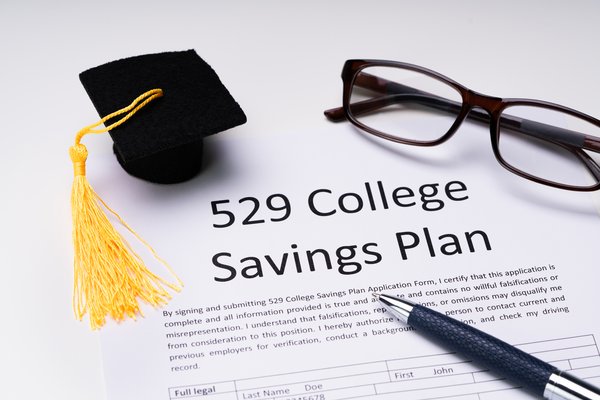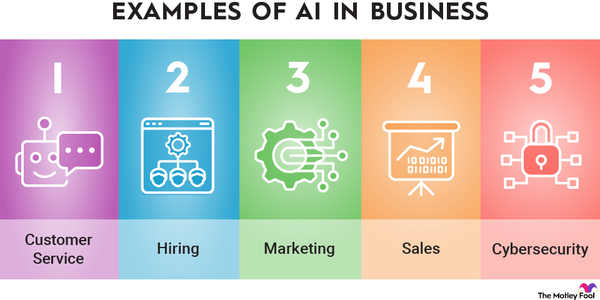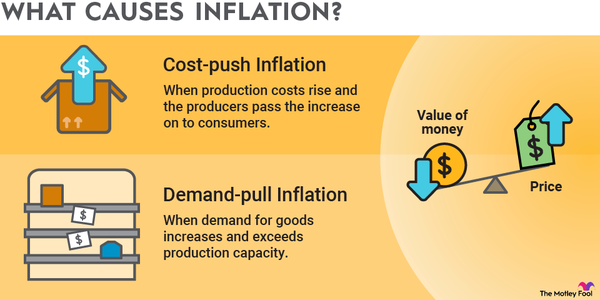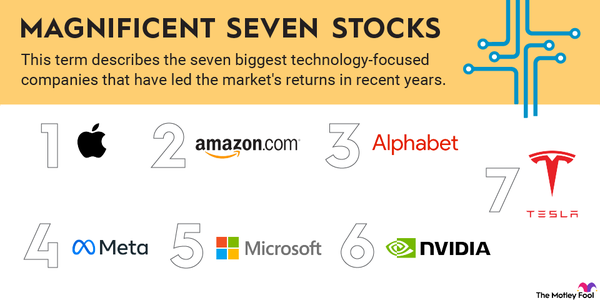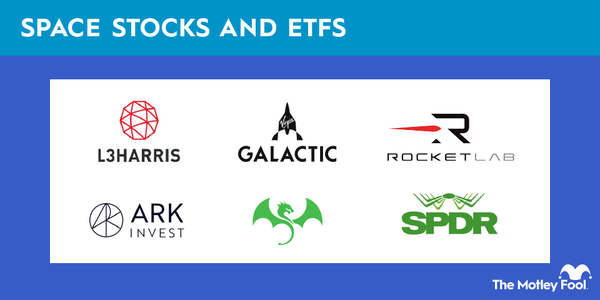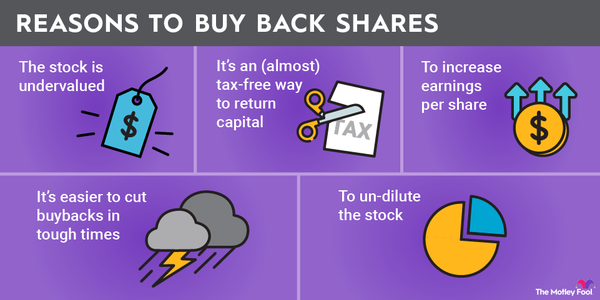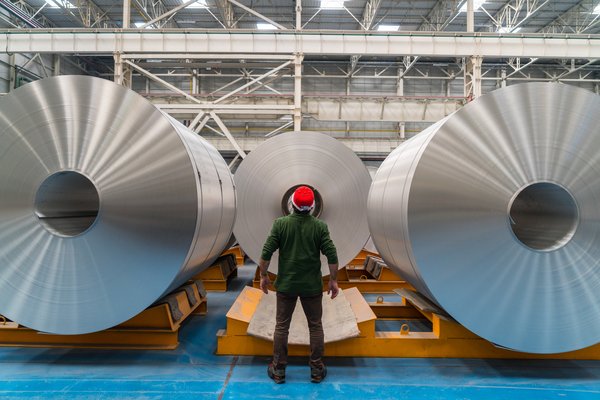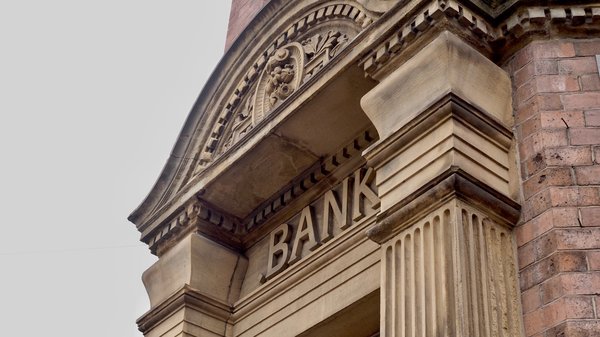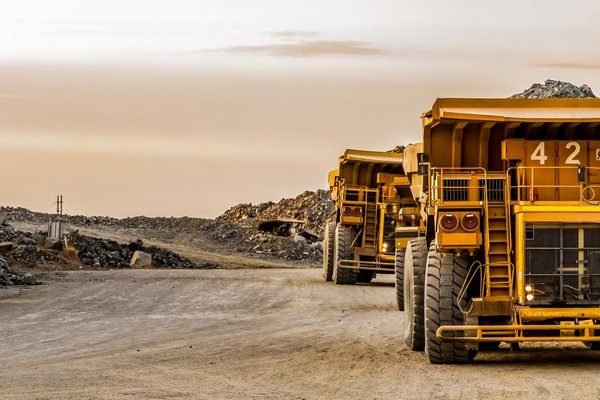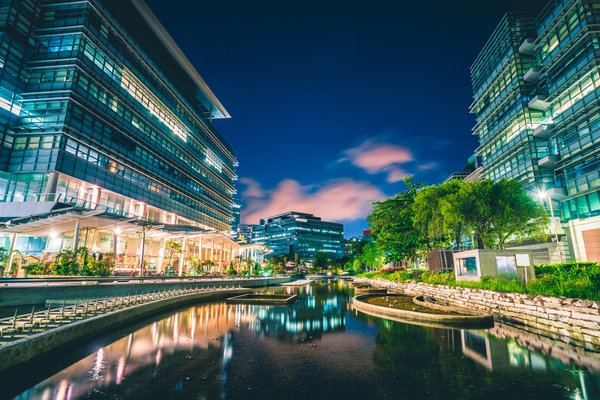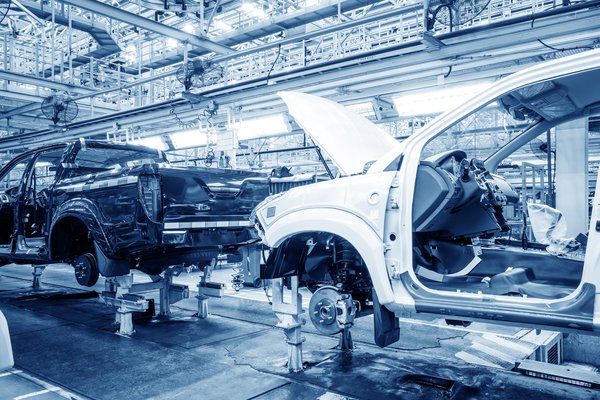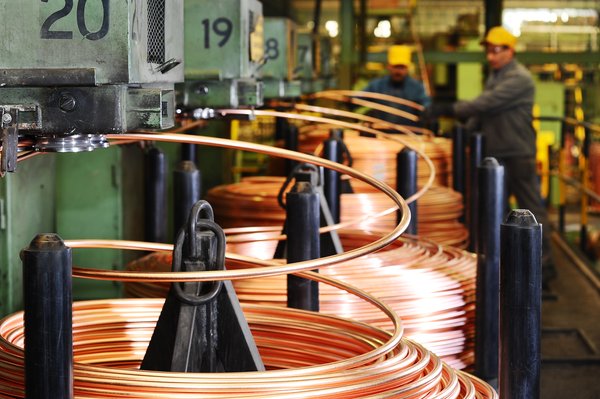With over 3.5 million electric vehicles (EVs) on the road and more projected to be sold every year, there’s growing demand for convenient EV charging across the United States. As of April 2025, there are 71,868 EV charging stations with 204,195 charging ports across the country.
However, they’re not evenly distributed across all 50 states or even within each state. And a few companies have begun to dominate the EV charger network market.
Read on for a full rundown of EV charging station data.
EV Chargers by State
EV Chargers by State
California is home to 17,268 EV charging stations that hold a total of 51,056 EV chargers. That’s 24% of all EV charging stations and 25% of EV charging ports in the United States. No other state comes close to matching that amount of EV charging infrastructure.
One reason California has built so many EV chargers is because it has the most EVs on the road -- by far. Over 1.25 million EVs are registered there.
Florida and Texas are a distant second and third in EV registrations, with nearly 255,000 registered in Florida and 230,000 registered in Texas. Those states are ranked third and fourth in number of EV charging stations and EV charging ports. New York has the second most charging stations (4,686) and chargers (16,537).
The four states with the fewest EV chargers also have the fewest EVs registered. Those states are:
- South Dakota: 112 stations with 298 chargers. 1,675 EVs registered.
- Wyoming: 108 stations with 280 chargers. 1,139 EVs registered.
- North Dakota: 96 stations with 229 chargers. 959 EVs registered.
- Alaska: 64 stations with 148 chargers. 2,697 EVs registered.
Cities with the most EV chargers
Cities with the most EV charging stations
The top three cities measured by number of charging stations are in California: Los Angeles, San Diego, and Irvine. Los Angeles alone accounts for nearly 10% of California’s EV charging stations. The stations in LA, San Diego, and Irvine together compose 17% of California’s EV charging stations. Two other cities in California crack the top 10: San Jose and San Francisco.
No other state has more than one city in the top 10 cities by count of EV stations or chargers.
Cities with the most EV charging ports
Los Angeles and San Diego also top the list of cities with the most EV charging ports. New York rounds out the top three cities by number of EV plugs.
The small city of Coalinga, California has the largest EV station in the United States when measured by the number of chargers available. The Harris Ranch Resort in Coalinga has a Tesla Supercharger site with 98 chargers. LA and San Diego also have some of the largest EV stations. In San Diego, the Scripps Research Lab public lot has 87 EV chargers. A pair of parking structures that serve the Century Plaza Towers in Los Angeles hold 80 charging ports each.
Largest EV charging networks
Largest EV charging networks
ChargePoint has the largest network of EV chargers in the United States with 39,495 stations housing 70,790 chargers. That said, just 5% of ChargePoints chargers are DC Fast Chargers, which are the only viable option for a somewhat quick stop on a road trip. The rest are Level 2 chargers. DC Fast Chargers can provide 150 miles of range in mere minutes, while a Level 2 charger takes closer to 6 hours to provide that same range.
ChargePoint isn’t alone. Most EV charger networks heavily favor Level 2 chargers over DC Fast Chargers.
There are a few notable exceptions, the most well-known being the Tesla Supercharger Network composed of 2,529 stations offering 29,601 Superchargers, which are a type of DC Fast Charger. Tesla also operates a separate Tesla Destination network of Level 2 chargers.
Electrify America and EVgo are the only other large EV charging networks to offer more DC Fast Chargers than Level 2 chargers.
Where EV chargers are most commonly found
Where EV chargers are most commonly found
EV chargers are most commonly found at hotels, car dealerships, parking lots, and shopping centers.
Access to different charger types -- and therefore faster charging -- varies by location. Nearly 90% of chargers found at hotels are the slower Level 2 chargers, perfect for guests who have time to charge their cars overnight.
On the other hand, 93% of chargers found at shopping centers are DC Fast Chargers, which will top up an EV over the course of a trip into the mall. Nearly all chargers at gas stations, some 98%, are DC Fast Chargers as well.
In data collected by the Department of Energy, the vast majority of EV charging stations are not classified by facility type.
What’s next for EV charging companies
For EVs to truly become the mainstream type of automobile choice for most consumers, they’ll need to match gas-powered cars on effective range and refueling convenience. That means more EV chargers (particularly DC Fast Chargers) will need to be built, and the range offered by EV batteries will need to improve.
Surveys show that the top speed bumps for drivers when it comes to EV adoption are range anxiety and the ability to charge their vehicle quickly and at convenient locations.
That sentiment, along with Edison Electric Institute's estimate that more than 42.2 million chargers will be needed by 2035 to support 78.5 million EVs, suggests that the ability to quickly stand up a reliable EV charging network is a make-or-break issue for the industry.
However, the EV charger market faces some uncertainty. The Trump administration has ordered states to stop funding the buildout of EV chargers through the National Electric Vehicle Infrastructure Formula program, although it’s not clear if the administration can freeze that spending without Congress taking action. The Federal Highway Administration (FHWA) plans to publish new funding guidance in the spring.
In addition, the General Services Administration (GSA) has directed that no new charging station installations are authorized at federal government buildings. It's also requiring that federal agencies shut down all charging infrastructure that's not deemed "mission critical" at federal buildings.
Tesla has begun to open up its Supercharger network -- which accounts for 56% of all DC Fast Chargers -- to other automakers. But the company has also faced recent issues that could affect the continued development of the network. In May 2024, Tesla laid off its Supercharger team of nearly 500 employees, only to start rehiring some of them less than a week later. Tesla facilities, including charging stations, have also faced protests and vandalism due to the role CEO Elon Musk has played in the Trump administration.
What is clear is that plenty more EV chargers are needed if the industry is to keep growing.
Methodology
Data is sourced from the Department of Energy Alternative Fuels Data Center as of April 7, 2025. The data used for this article includes Level 2 and DC Fast Chargers open to the public from all charging networks. This article refers to EV charging stations and EV charging ports. Charging stations can house one or more charging ports.
Sources
- Department of Energy (2025). “Electric Vehicle Charging Station Locations.”
- Department of Energy (2025). "Maps and Data - Electric Vehicle Registrations by State."
- Edison Electric Institute (2024). "Electric Vehicle Sales and the Charging Infrastructure Required Through 2035."
The Motley Fool has a disclosure policy.







